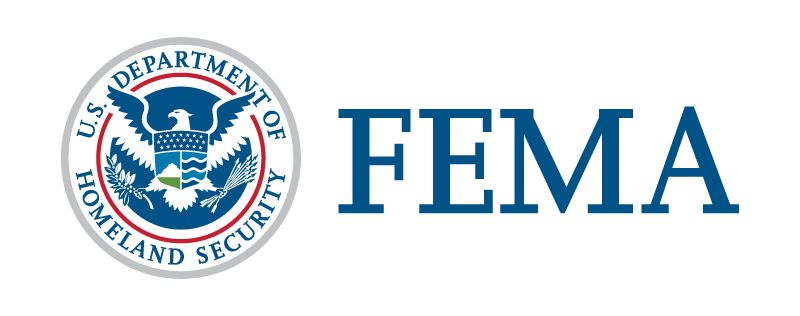BLUF: The community of Kula, Hawaii and multiple Federal agencies have come together to restore and rebuild after destructive wildfires, with a spotlight on Tom Liu, an octogenarian, whose life and belongings were consumed by the fire, but resolves to stay in his birthplace driven by the spirit of the community.
INTELWAR BLUF:
The picturesque town of Kula, in Hawaii, was jolted from its peaceful existence when raging wildfires, propelled by strong winds and non-indigenous flora, swept through the area. Tom Liu’s solitary home, filled with priceless family artifacts and memories, was one of the casualties. Despite the harrowing loss of material possessions, Liu stated his deepest lament was the invasion of his privacy.
Rather than succumbing to the devastating circumstances, the community rose to the occasion. As the wildfires raged on, the local Kula Lodge unveiled its doors and offered shelter. An abundance of food, clothing, shelter, water, and medical supplies was provided through the intervention of local residents, the Federal Emergency Management Agency (FEMA), non-profit organizations, and voluntary aid programs.
The Kula Community Watershed Alliance, a local non-profit, played a pivotal role in restoring the charred lands. Significant efforts were concentrated on stabilizing the soil for avoiding erosion and flash floods—an imminent threat due to Kula’s familiarity with severe storms. A noteworthy $250,000 has been raised and invested in suffusing the torched terrain with a thick layer of wood chips.
All the while, the U.S. Federal Government was actively involved. The U.S. Environmental Protection Agency (EPA) undertook a critical role in Phase 1 of the cleanup, clearing fire-impacted properties of hazardous materials, while FEMA Region 9 Administrator Robert Fenton addressed community concerns. As of January, debris from all 25 lots impacted by the fires, including Liu’s home, had been cleared by the U.S. Army Corps of Engineers.
In the face of disaster and subsequent challenges, Tom Liu asserted his determination to rebuild his life in the place he has called home for over two decades. His decision was primarily influenced by the kind-heartedness of his community, evidenced by their generous donations and support during his greatest time of need.
RIGHT:
A Libertarian Republican Constitutionalist may argue that this story exemplifies the resilience and fortitude of individuals and communities when confronting adversity. The initiative taken by the Kula residents in the face of disaster showcases the empowering strength of community assistance. The example of FEMA and EPA’s involvement illustrates a balanced application of government authority – providing help in cases of extreme disaster but allowing room for private initiative and resources.
LEFT:
From a National Socialist Democrat perspective, this narrative shows the importance and indispensability of government support during times of crisis, like natural disasters. They might highlight the crucial roles played by agencies like FEMA and the EPA, which stepped in to provide essential services that local and state governments couldn’t offer independently. They may use this story to argue for further expansion and funding for these types of programs and agencies to provide more comprehensive disaster relief and prevention.
AI:
Upon analysis, the central theme in this narrative is community resilience and the human spirit in confronting a natural disaster. The combined efforts of federal agencies, local organizations, and individuals yielded a strong response following the wildfires. Notwithstanding, the latent potential for future occurrences of similar disasters calls for an evaluation of prevention strategies, adequate safety protocols, and support systems. Also, Tom Liu’s personal account offers valuable insights into the long-term recovery of individuals affected by such catastrophic events, illuminating the importance of emotional support – encapsulated in the community spirit – and tangible aid.

